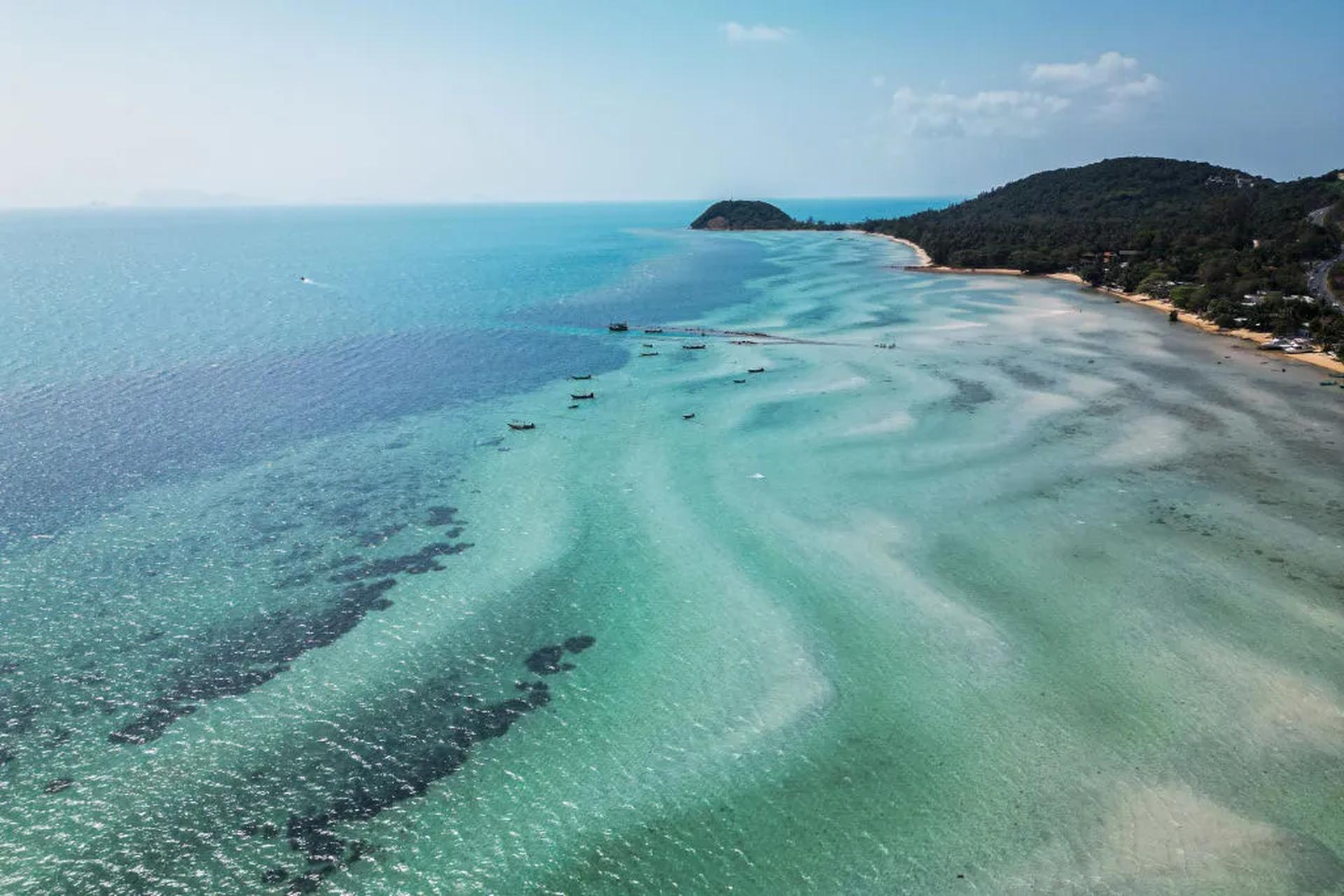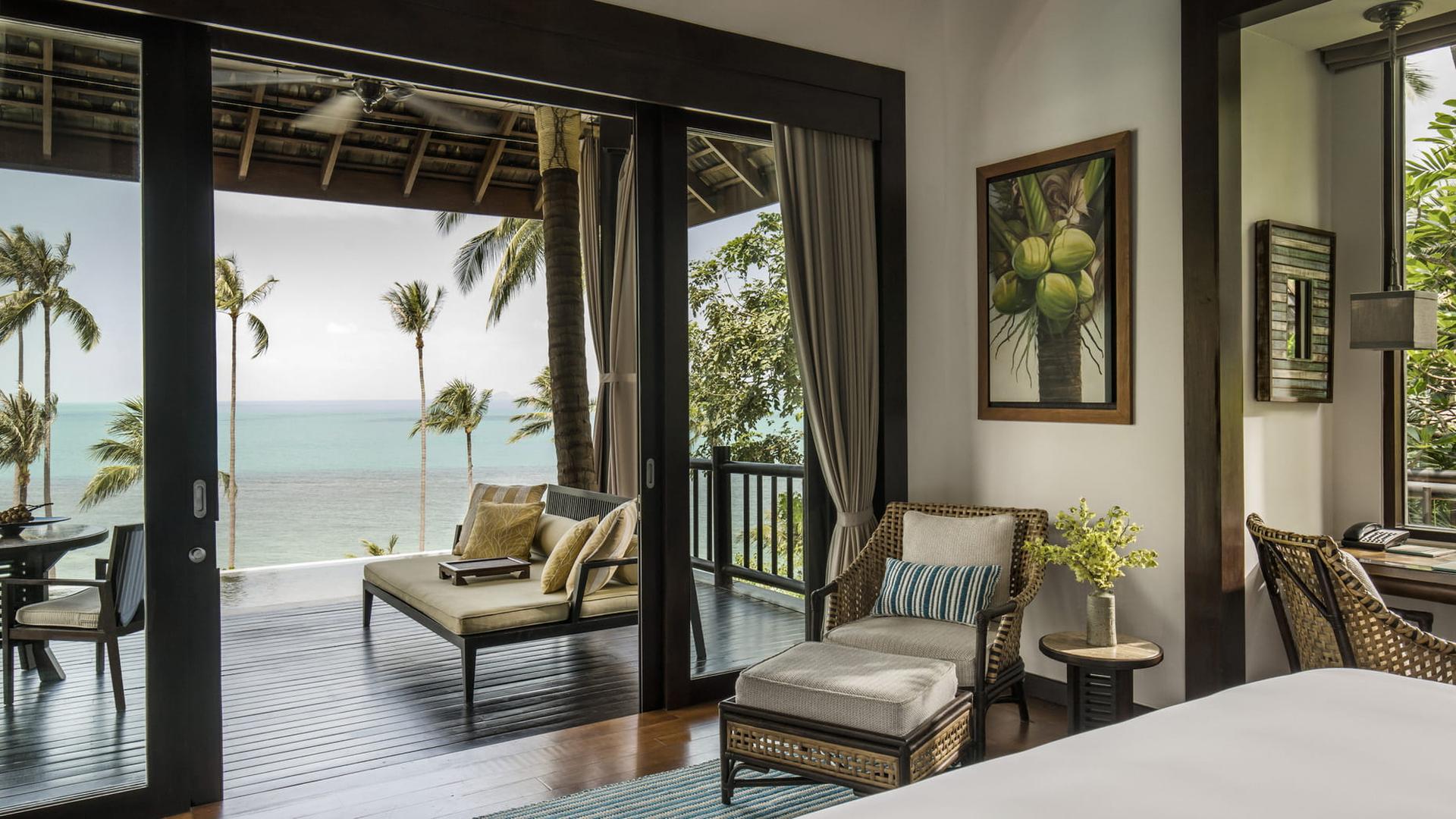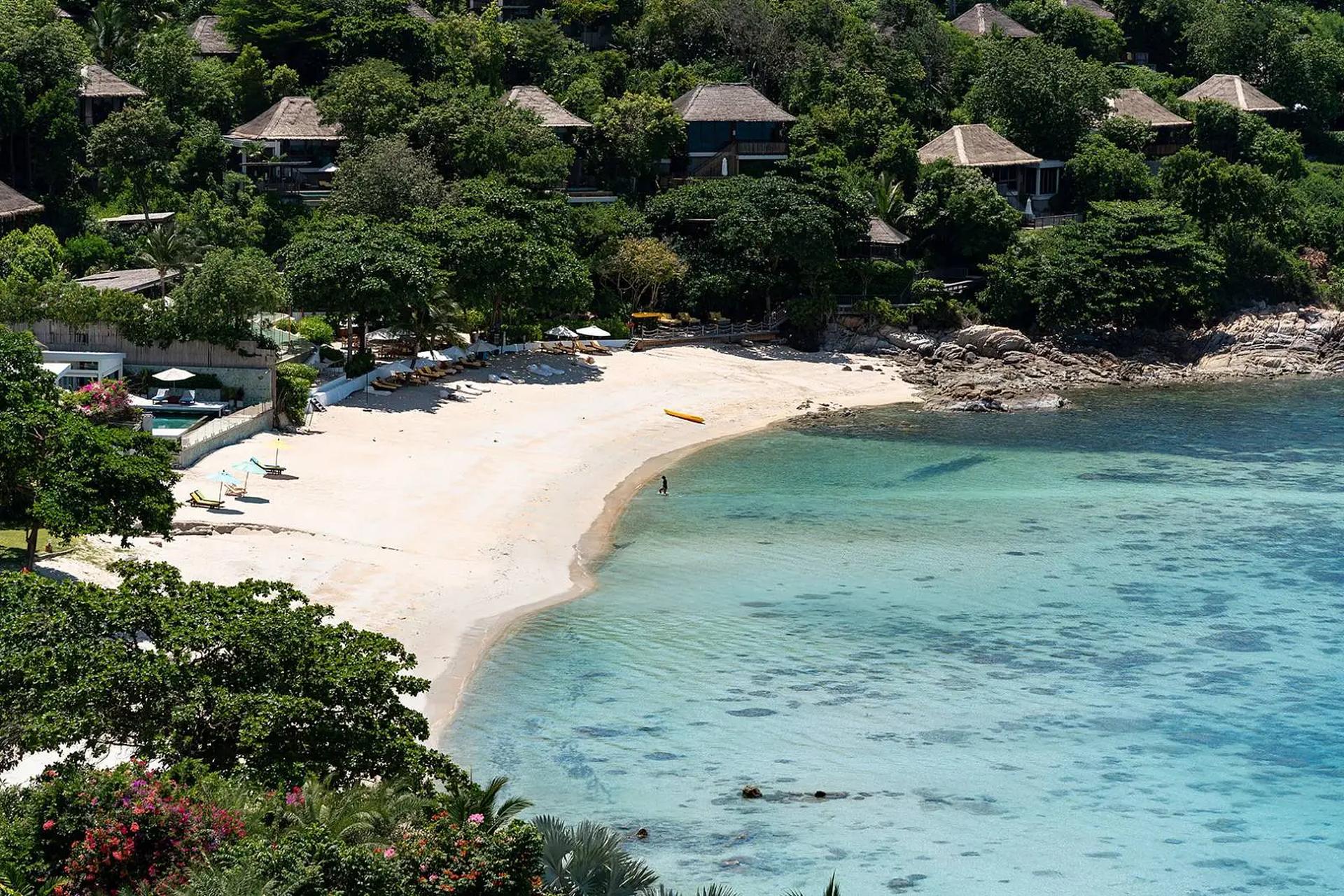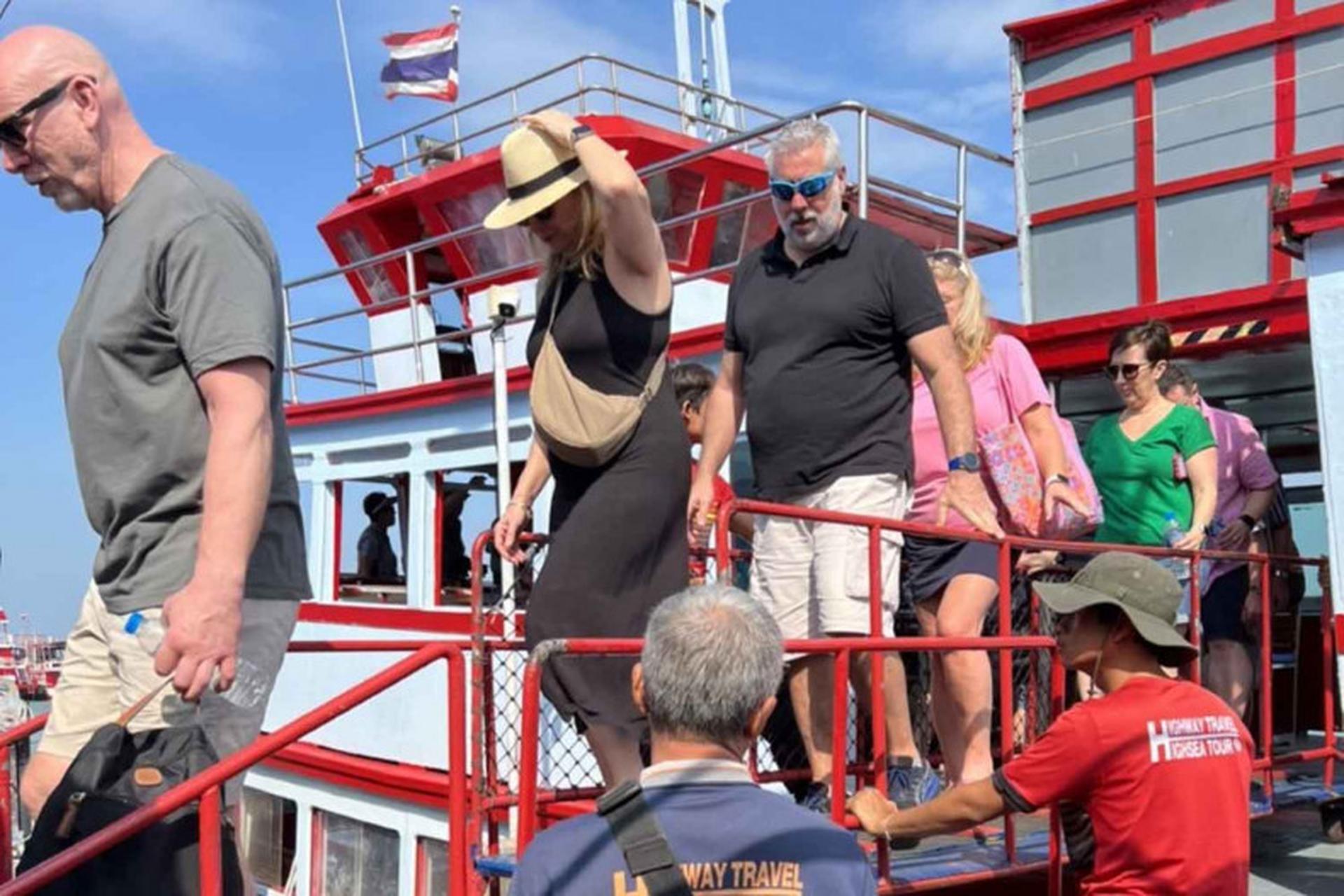Koh Samui on the Rise: Tourism and Real Estate in Numbers
Koh Samui has long remained a boutique resort: secluded, picturesque, and less noisy and crowded than Phuket. However, in recent years, the island has confidently moved to a new level. Against the backdrop of growing tourist arrivals and strategic infrastructure projects, it is strengthening its position not only as a vacation destination but also as a long-term investment asset.

Tourism trends on Koh Samui
In 2024, Koh Samui received 2.8 million passengers — 21% more than the previous year and significantly more than in pre-COVID 2019. Growth continues in 2025: from January to April, the island served over 1.12 million people, 9% more than in the same period last year. These figures confirm the stable recovery of tourism and Koh Samui’s growing appeal to international visitors.
A particularly noticeable influx is coming from Europe, making up 56% of all international arrivals in 2024. The largest number of tourists came from Germany, the UK, and France. The growth is supported by Bangkok Airways’ codeshare agreements with leading European and Australian airlines, including Lufthansa, Air France, and KLM.
Among Asian markets, China leads the way. Direct charter flights connect Koh Samui with Chengdu, Chongqing, and Xi’an. Bangkok Airways also operates regular flights from Singapore and Hong Kong.
An additional driver for tourism development could be the upcoming development of the longest sea bridge in Thailand, which is set to connect Koh Samui with the mainland. The project is estimated at $1.5 billion, with construction scheduled to begin in 2029 and completion in 2033. However, the initiative has been repeatedly postponed and, despite public statements, remains under review and requires final government approval.

Cruise Tourism
Koh Samui ranks among the top three cruise ports in Thailand, alongside Phuket, internationally renowned for its luxury beachfront villas, and Laem Chabang Port (Chonburi). In 2024, the island welcomed 50 cruise ships and nearly 95,000 passengers — approximately double the number recorded in 2023. From January to April 2025, there was a 6% increase compared to the same period last year. Most passengers came from Germany, the United States, the United Kingdom, Canada, and Australia.
In April 2025, a new route was launched connecting Laem Chabang – Koh Samui – Singapore, operated by StarDream Cruises, further strengthening Koh Samui’s position as a leading cruise tourism destination. By 2032, the island is expected to open a dedicated cruise terminal capable of accommodating up to 120 ships and 180,000 passengers annually.

Hotel Sector: Growth in Rates and Occupancy
The hospitality sector continues to show a stable upward trend. In 2024, hotel occupancy on Koh Samui increased by 12% compared to 2023, reaching peak levels in January 2025 with an 8% year-on-year increase.
The average length of stay is between 4 and 5 nights. Average daily rates (ADR) also continued to rise. In 2024, ADR grew by 9% compared to the previous year, and during January to May 2025, it remained above last year’s levels.

Residential Real Estate: A Market on the Rise
As tourist traffic and Koh Samui’s global recognition grow, so does activity in the residential property market. As of early 2025, the primary market includes 2,882 units across 117 projects, with a total market value of THB 30.3 billion.
Most of the activity is concentrated in the Bophut area (including Choeng Mon, Plai Laem, Bangrak, Chaweng, Chaweng Noi, and Chaweng Beach), which accounts for 70% of all listings.
Demand is supported by both buyers acquiring luxury villas in Koh Samui for personal use and investors targeting rental income and long-term capital gains. As of early 2025, the number of villas available for rent increased by one-third year-on-year — now exceeding 3,000.
Despite growing supply, occupancy remains strong at 71.5% — up 5.7 percentage points over the same period.
The core of the offering consists of two and three-bedroom villas, making up 21% and 31% of the total, respectively. Most are rented out through property management companies, allowing owners to generate (nearly) passive income.

Conclusion
The numbers speak for themselves: 2.8 million tourists, a twofold increase in cruise traffic, and THB 30 billion in the primary real estate market. But more importantly, this is not a temporary spike — it marks the beginning of a long-term transformation.
A $1.5 billion sea bridge and a new cruise terminal will fundamentally change the island’s logistics. For investors, this presents a window of opportunity, while the island has not yet reached its full potential.
Sunway Estates’ luxury property consultants are here to help you choose the right villa in Koh Samui or Phuket — whether for living, leisure, or investment. Get in touch with us to receive a personalised selection of properties tailored to your lifestyle and goals.
Sources: